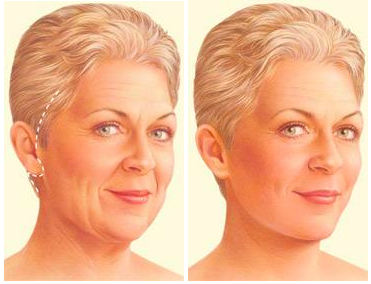FACELIFT
A DISTINCTIVELY DIFFERENT PRACTICE
EXPERIENCE EXTRAORDINARY
What is a FaceLift?
The face undergoes many changes during the normal aging process. Some of these changes include loss of cheek volume, development of prominent folds between the nose and mouth, laxity of the neck skin and/or visible banding, a tired/sad appearance to the eyes, and the appearance of excess skin around the jawline. These changes can be exacerbated by stress, smoking, environmental factors, and genetics.
A facelift, formally known as rhytidectomy, is a procedure that restores the youthful appearance of the cheek and neck. Skin and soft tissue are re-draped over the facial skeletal to reduce skin laxity and place volume in more desirable locations. Procedures such as upper and lower eyelid surgery, brow lift, fat injections, and dermabrasion are frequently combined with a facelift to achieve a more youthful look. Dr. Hewell has over 30 years of experience and has performed thousands of facial rejuvenation procedures.
You are a good candidate for a facelift if you are dissatisfied with the way your face has aged. Although there are many nonsurgical procedures available, such as Botox® and filler injections, they cannot replicate the results of a facelift. Dr. Hewell and Dr. Fischer believe that a natural result is of paramount importance. The goal of surgery is to restore a person’s face to a more youthful appearance while maintaining a natural result. Results are immediately visible after surgery but improve as bruising and swelling subside.






